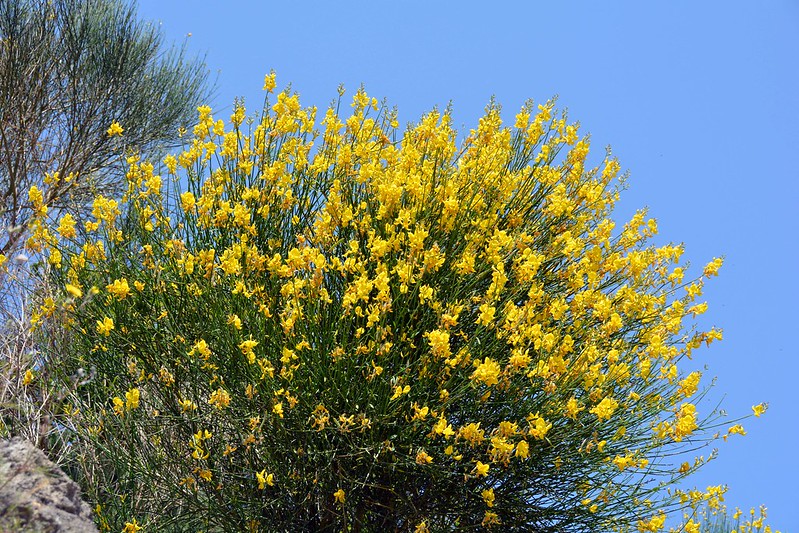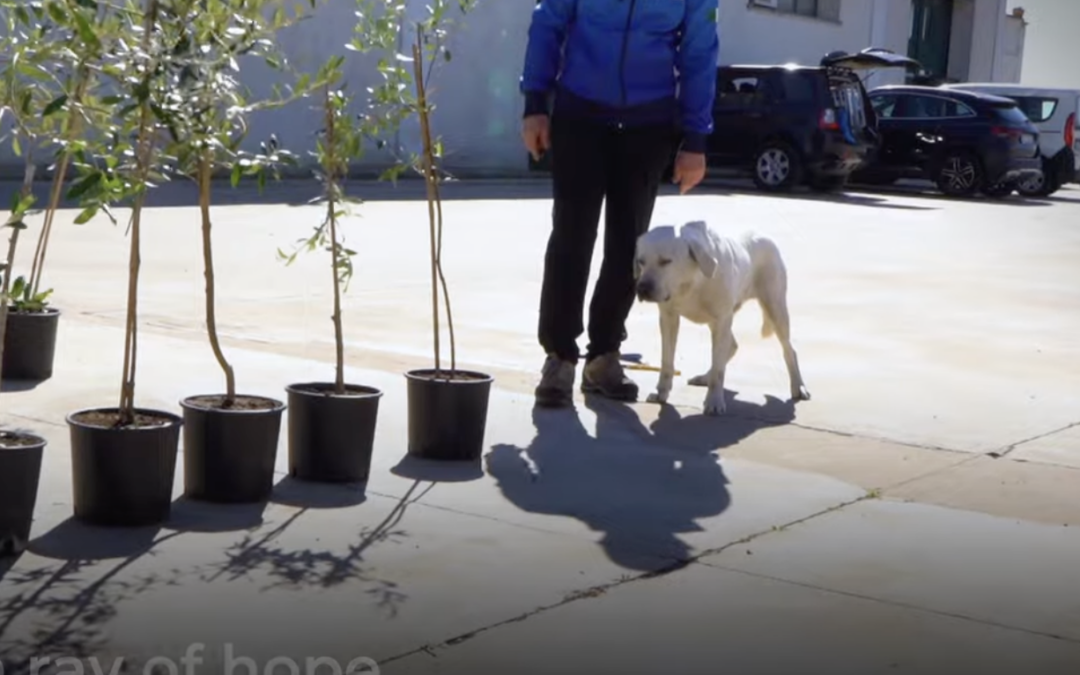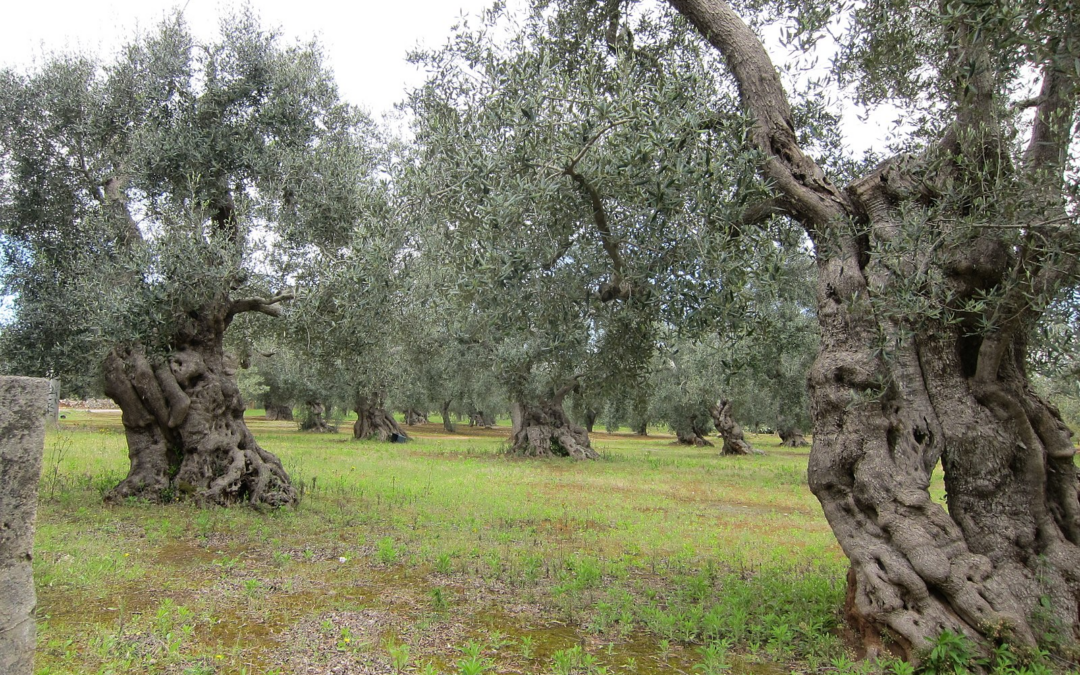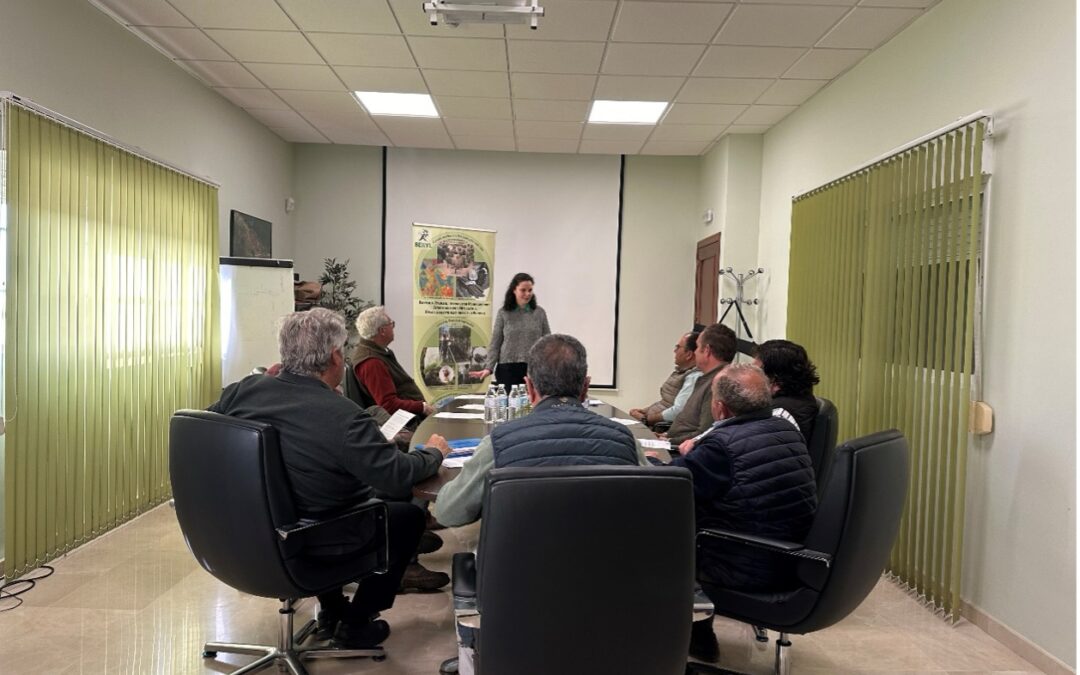After an initial detection of Xylella fastidiosa in 2016, in the following years the Balearic Islands have become the first European territory to host all the most threatening Xf strains found in Europe. This is bad news for local agriculture. On the other hand, this enables scientists to speed up research into solutions. Striking the right balance between crisis and opportunity requires additional efforts in communication and cooperation by researchers and farmers. We talked with Diego Olmo, Plant Health Lab Director at the Institut de Recerca i Formació Agroalimentària i Pesquera de les Illes Balears (IRFAP), who is co-leading the “Tactics and strategies of management on the ground” work package in the BeXyl project.
Prof. Olmo, what are the different Xf strains detected in the Balearics and which plants are susceptible to infection?
To date, four sequence types of 3 subspecies of Xylella fastidiosa have been detected in the Balearic Islands. In Mallorca and Menorca, we have identified two multiplex sequence types capable of infecting almonds, and one of them wild olives. Almonds and grapevines are the most important hosts of the fastidiosa subspecies in Mallorca. Finally, the pauca subspecies affects olives in Ibiza. In Formentera, there are no detections. Plant species susceptible to Xf infection in the Balearic Islands are 38, including wild cherry and laurel.

Following these findings, the Islands are an area for Xf containment. What does this mean regarding management measures and their impact on the local agriculture and nursery sector?
It meant a respite due to two points. On the one hand, removing only Xf-positive plants, and on the other hand, allowing and facilitating investigation in some field plots. Also, the containment status enabled us to focus on surveys, samplings, and tests in nurseries, germplasms collection, singular trees, etc. and their perimeters.
How has the relationship between scientists and farmers evolved between 2016 and now in terms of Xf detection and control measures?
Fortunately for us, the Spanish and the Balearic Islands governments communicated and worked hand in hand with the farmers, and there has been understanding on their part. However, it is always a challenge to communicate scientific advancements to interested parties. This is why research projects such as BeXyl can and should help in carrying out this outreach task, and we are proud to be a part of it.
Could you elaborate further on these points?
We are involved in 15 tasks, with the main focus on being able to test new solutions resulting from other research within the project. Broadly speaking, we must provide different plots to test these solutions in the field under natural infection conditions.
What is the farmers’ attitude towards the application of the new methods? Is it more trust or despair? More receptive or more resistant to innovation?
Recent years have been quite dynamic in terms of regulations regarding phytosanitary products. Consequently, new solutions and alternatives to traditional chemical control are becoming more common. Therefore, although there is still work to be done, many farmers are willing to go down this path.
The Balearic Islands are a kind of open field laboratory for Xf. What do you think of this definition?
Unfortunately, I have to agree. On the one hand, it’s a pity for our crops and our landscape because of the threat posed by Xf, but on the other hand, it’s a challenge that we face with enthusiasm and commitment to help find solutions. I will never forget that when we detected Xf and I met Blanca Landa, I told her that until then my speciality had been fungi, particularly those that cause stem diseases in woody plants. She said, “Forget that, you’ve got to concentrate on Xf now.” How right she was!!








